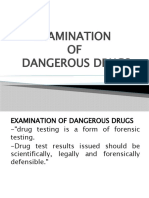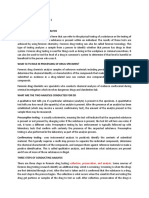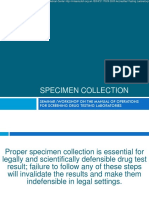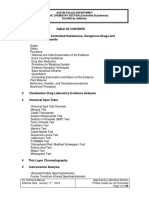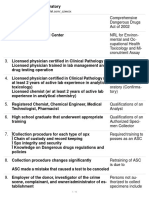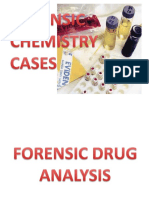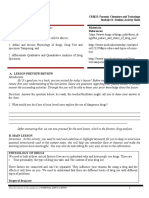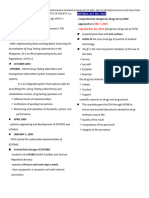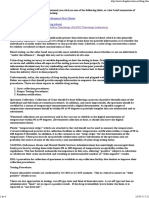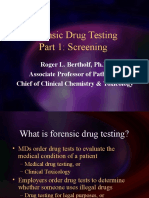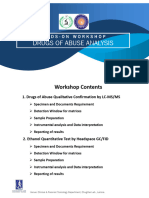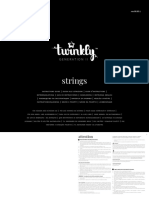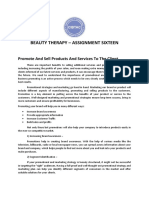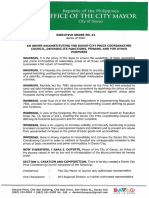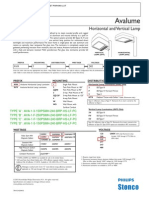0% found this document useful (0 votes)
67 views20 pagesDrug Testing
The document outlines the requirements and procedures for drug testing in laboratories, including facility specifications, specimen collection protocols, and personnel qualifications. It details the parameters for specimen validity, tampering issues, analytical methods for screening and confirmatory tests, and specimen retention guidelines. Additionally, it emphasizes the importance of proper documentation and lab records for maintaining quality and compliance in drug testing practices.
Uploaded by
Akire SayaraCopyright
© © All Rights Reserved
We take content rights seriously. If you suspect this is your content, claim it here.
Available Formats
Download as PDF, TXT or read online on Scribd
0% found this document useful (0 votes)
67 views20 pagesDrug Testing
The document outlines the requirements and procedures for drug testing in laboratories, including facility specifications, specimen collection protocols, and personnel qualifications. It details the parameters for specimen validity, tampering issues, analytical methods for screening and confirmatory tests, and specimen retention guidelines. Additionally, it emphasizes the importance of proper documentation and lab records for maintaining quality and compliance in drug testing practices.
Uploaded by
Akire SayaraCopyright
© © All Rights Reserved
We take content rights seriously. If you suspect this is your content, claim it here.
Available Formats
Download as PDF, TXT or read online on Scribd
/ 20







